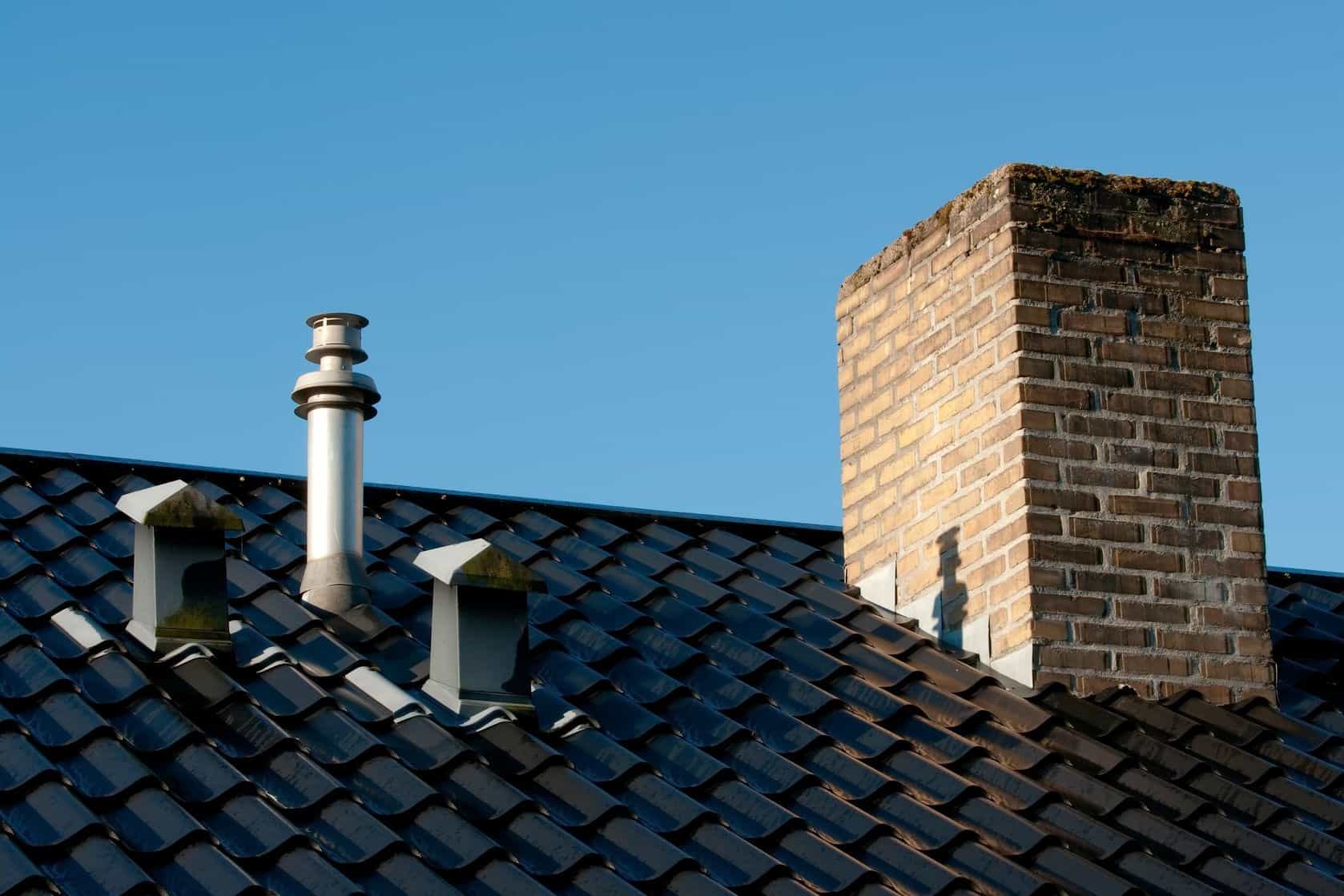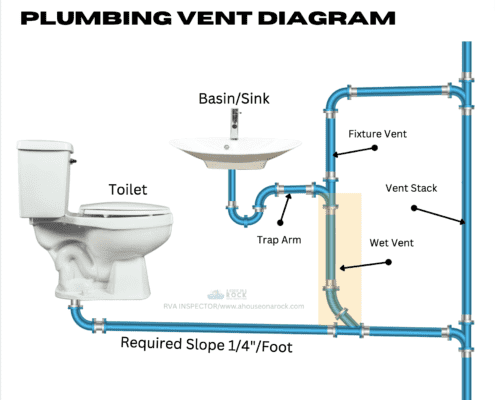Maintaining Correct Ventilation in Your Plumbing System: Why
Maintaining Correct Ventilation in Your Plumbing System: Why
Blog Article
Nearly everybody has their own unique opinion involving What Is a Plumbing Vent and Why Is It Important.

Proper ventilation in plumbing systems is typically ignored, yet it is vital for keeping the performance and security of your home's plumbing. Ventilation aids manage atmospheric pressure, avoid the buildup of hazardous gases, and ensure the reliable removal of waste. In this guide, we will certainly check out the significance of appropriate plumbing ventilation, just how it functions, and the benefits it gives your pipes system.
Just How Air Flow Functions in Plumbing Equipments
Air Pressure Guideline
Proper air flow maintains balanced air pressure within the plumbing system. When water moves via pipelines, it displaces air. Without sufficient ventilation, this displacement can produce unfavorable pressure, bring about reduce drains pipes or siphoning of water from catches, which can create undesirable smells to leak into the home.
Preventing Sewage System Gas Build-up
One of the most crucial features of pipes vents is to prevent sewer gases, such as methane and hydrogen sulfide, from gathering within the home. These gases can posture severe health dangers and are very combustible. Vent pipes enable these gases to escape securely outdoors.
Assisting in Waste Removal
Ventilation aids in the reliable removal of wastewater by preventing airlocks in the drainage system. When air can flow openly with the vents, it permits water and waste to flow efficiently with the pipes, lowering the threat of clogs and backups.
Advantages of Correct Ventilation
Enhanced System Performance
Effectively ventilated pipes systems operate a lot more successfully, with fewer blockages, faster draining pipes, and less strain on the pipelines. This performance extends the lifespan of the plumbing system.
Improved Air High Quality
By preventing sewer gases from entering your home, proper ventilation adds to better interior air high quality, making your living setting healthier and a lot more comfortable.
Stopping Water Damages
Sufficient air flow helps protect against water from being siphoned out of traps, which can bring about sewage system gases going into the home and creating water damage with time.
Steps to Guarantee Proper Ventilation
Consulting Pipes Codes
Always consult regional plumbing codes when designing or modifying your pipes system. These codes provide the necessary standards for correct venting and ensure your system fulfills security standards.
Normal Examination and Maintenance
Regular examinations can assist determine potential air flow issues prior to they come to be major troubles. Maintenance tasks, such as cleaning up air vent pipelines and looking for blockages, are essential for keeping the system in good working order.
Specialist Setup
For new setups or significant alterations, it's wise to work with a professional plumber. They have the know-how to guarantee the ventilation system is correctly made and mounted according to code.
Comprehending Air Flow in Plumbing
Ventilation in plumbing refers to the network of pipelines that enable air to flow via the drain system. These vents offer multiple purposes, including managing atmospheric pressure within the pipes, stopping sewage system gases from entering the home, and aiding in the smooth flow of wastewater.
Types of Plumbing Vents
Key Heap Vent
The main stack vent, likewise referred to as the air vent pile, is the main vent in a plumbing system. It prolongs from the major drain line up through the roof, enabling gases to run away and fresh air to enter the system.
Branch Vent
Branch vents link to the primary pile air vent and offer individual fixtures, such as sinks, toilets, and showers. These vents make sure that each fixture has sufficient air flow to function appropriately.
Air Admittance Shutoff (AAV).
An Air Admission Valve (AAV) is a one-way valve that enables air to get in the pipes system without the need for a conventional vent pipeline expanding with the roofing. AAVs are generally used in renovations or locations where mounting a common vent is unwise.
Indications of Poor Ventilation in Plumbing.
Slow Draining Fixtures.
If your sinks, bathtubs, or toilets are draining gradually, maybe an indication of inadequate ventilation. Poor air circulation can create a vacuum impact, making it hard for water to drain pipes appropriately.
Gurgling Sounds.
Gurgling audios originating from drains pipes are frequently a result of air being sucked through water catches due to negative pressure in the pipelines. This is a clear indication of insufficient ventilation.
Unpleasant Smells.
Drain smells inside your home are a warning that your pipes system is not correctly aerated. This can mean that sewer gases are not being appropriately vented outside, resulting in potentially hazardous conditions.
Usual Air Flow Blunders.
Poor Vent Sizing.
Making use of undersized vent pipelines can lead to inadequate air flow and stress imbalances in the system. It's important to make use of vents that meet the particular needs of your plumbing system.
Improper Vent Placement.
Placing vents too far from the components they offer can minimize their performance. Proper positioning makes certain that air can stream easily and effectively via the system.
Disregarding Code Requirements.
Building codes provide details standards for plumbing air flow. Disregarding these codes can result in a system that fails to work correctly and might lead to pricey repair work or carcinogen.
Conclusion.
Correct air flow is an important element of any type of pipes system, guaranteeing that it operates effectively and securely. By understanding the significance of air flow, acknowledging the signs of bad air flow, and taking steps to preserve your system, you can stop expensive issues and secure your home's air quality.
What is a Plumbing Vent and it's used for?All plumbing systems in residential and commercials construction have a plumbing vent. It doesn’t just vent unwanted odors from the drainage system to the outside; it actually serves an important purpose by supplying air to the system.
The plumbing drainage system is actually called a drainage, waste and vent (DWV) system. When water flows down the piping, an air supply (vent) is needed to allow the water to flow. Think of the vertical pipe as a drinking straw. If you plug the top end of a straw, liquid won’t drain from it.
The DWV system in your building consists of a series of pipes connected to each fixture; they extend above each fixture, and the system terminates at an open pipe that extends through the roof. This piping allows air into the system and prevents unbalanced pressures in the piping.
?The vent also prevents the system from drawing water out of a trap at the fixture with the characteristic “glug-glug-glug” as the drain gasps for air. Plumbing traps should drain smoothly and never “glug” or gasp for air.
If you have a drain that empties slowly or gurgles as it drains, this may indicate a venting problem. If you flush a toilet and the sink gurgles, there’s definitely a vent problem. It is good idea to have a Plumber check this.
https://www.ameliashomeinspection.com/blog/what-is-a-plumbing-vent-and-its-used-for

As a reader about The Upsides of Proper Ventilation in Plumbing Design, I was thinking sharing that information was a good thing. Sharing is good. Helping people is fun. We cherish your readership.
Schedule A Free Estimate Report this page